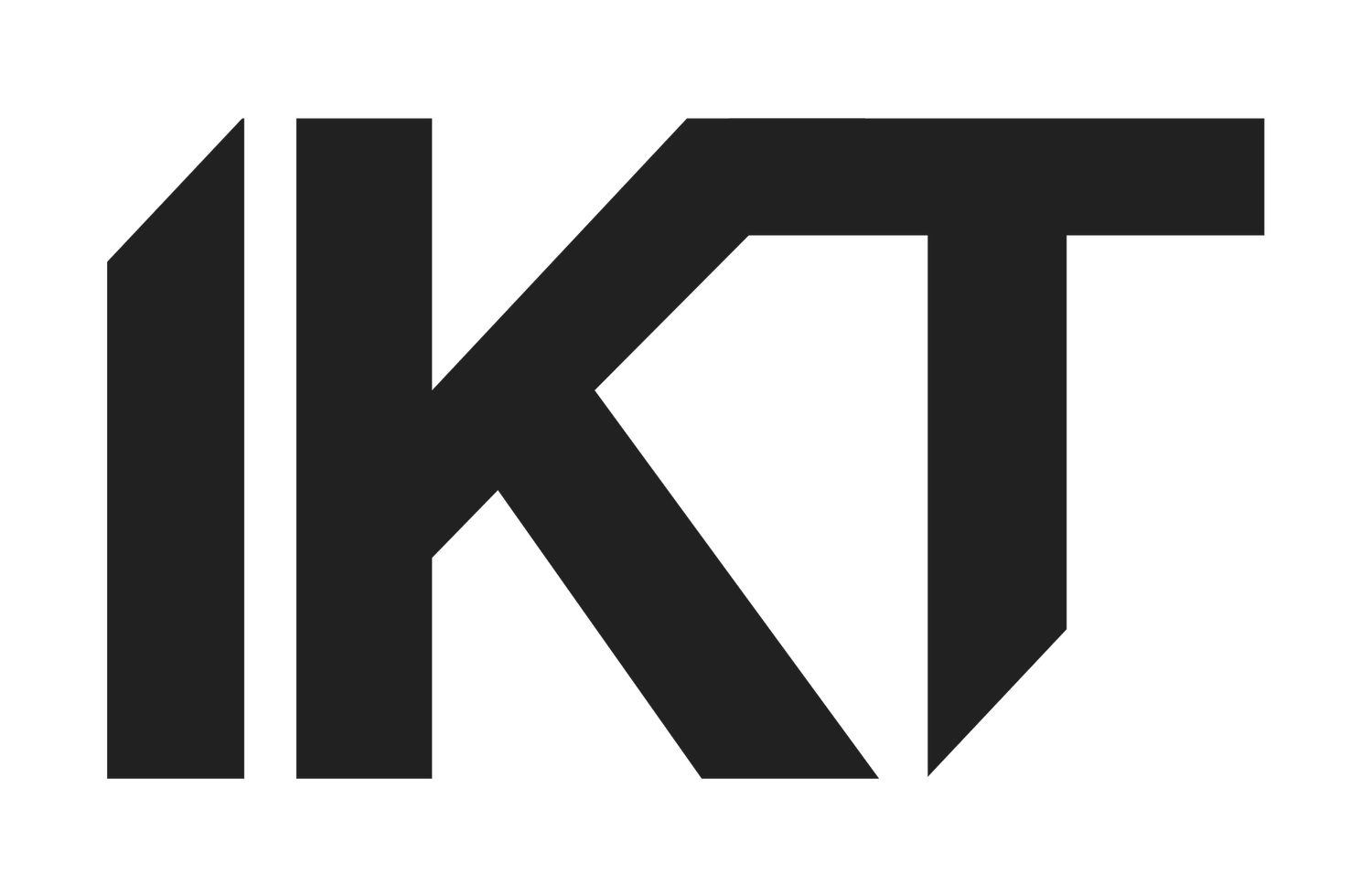Spotlight with Diana Marincu
Diana Marincu, Artistic Director, Art Encounters Foundation, Timișoara, Romania
Could you tell us a little more about your background and how you got into curating?
I graduated from the Timișoara Faculty of Arts and Design after a long period of aspiring to become an artist but decided during my final year of BA to apply for an MA in art history in Bucharest. My interest in becoming a curator began with my PhD studies, culminating in my thesis on the curatorial discourses about identity, alterity, and periphery built by large-scale exhibitions and biennials from 1989 to the present.
I had my share of solid professional models—professors and colleagues, artists and collaborators—who guided me and shaped my professional path as a curator.
My first exhibitions were heavily influenced by an intimate approach and autobiographical exploration, which validated certain instincts and choices before these became clearer and more closely linked to specific themes of visual research.
Who/what has influenced your curatorial practice?
To begin with, I had the good fortune of spending my first years in Bucharest studying with an exceptional group of professors who promoted a curriculum that was progressive and synchronized with the phenomenon of contemporary art, including courses on museums, films, visual studies, curating, and more.
I later attended several “summer schools” and “internships,” during which I came to better understand the state of the arts today and how curating always serves as a link between disciplines. After moving to Cluj, the most important lesson came from the community of artists, gallerists, theatre managers, and the community at the Paintbrush Factory. Without this kind of parallel education, I wouldn’t have met so many artists with whom I’m still in contact.
When it comes to remote models, at a relative geographical or temporal distance, I would certainly mention Harald Szeemann, who set out a series of unwritten guidelines, from an indestructible faith in artists to scaling projects in accordance with your team and budget (biennials and closet exhibitions), as well as having the courage and confidence to test the limits of the profession.
The role of the curator is continuously changing. Could you describe what it means to be a curator today?
I believe the role of the 21st-century curator has also reached a turning point, a crisis. The good thing is that it is continuously being stimulated by increasingly interesting and experimental institutional formats, which means the curator has to diversify their instruments and methodologies. From a crafty politician to an inspired thinker, from an erudite museographer to a creative inquisitor, all these are “hats” that the curator must wear.
For me, in the program created for the Art Encounters Foundation or in my independent work, the most important role is that of an artistic and institutional connector, co-producer of meaning or objects. I try to strengthen connections between art scenes in the region, establish artistic ties based on co-production, and support young generations of artists.
Last but not least, I have continued to research and develop one of my favorite themes, which is also present in my PhD dissertation: curatorial discourses about identity, alterity, and the periphery. What does it mean today to be Eastern, to come from an ex-communist country, or to be global, international, nomadic, or not belonging at all?
Tell us about the latest exhibition / project that you curated.
Usually, my exhibitions start with the problems identified by artists in their work, and I enjoy spending time in their studios and letting myself be inspired by them.
The most recent exhibition is a painting show by Marius Bercea, an artist I’ve admired for a long time. We imagined an exhibition together as a kind of meeting point between fiction and reality, extravaganza and fragility, memory and oblivion, formulating questions that propel both a historical excursion and an autobiographical incursion.
What are you reading, watching, or listening to now, that is helping you to stay relaxed and positive?
I’ve recently worked a lot with literary references, with Italo Calvino and Haruki Murakami among the sources of inspiration. Similarly, I’ve been delving into contemporary literature, trying to read as many stories and poems from younger generations of writers as possible. The current soundtrack is GoGo Penguin, a fantastic British band, which I recently saw live.
How long have you been part of IKT and how do you feel that it has benefited your curatorial practice?
I have been part of IKT since 2018, and for me, the best experiences took place during the congresses I attended. I met many amazing curators and future collaborators, for which I am very grateful.
Thank you Diana!
Spotlight
Spotlight is a new series of short interviews, aiming to showcase the diverse expertise and innovative approaches of our IKT members. Whether you're seeking inspiration or searching for potential partners, join us on this captivating journey as we uncover the stories, ideas, and creative visions of our members.
Want to participate?
Send us a request to ikt.curatorial@gmail.com and we will send you interview questions.

